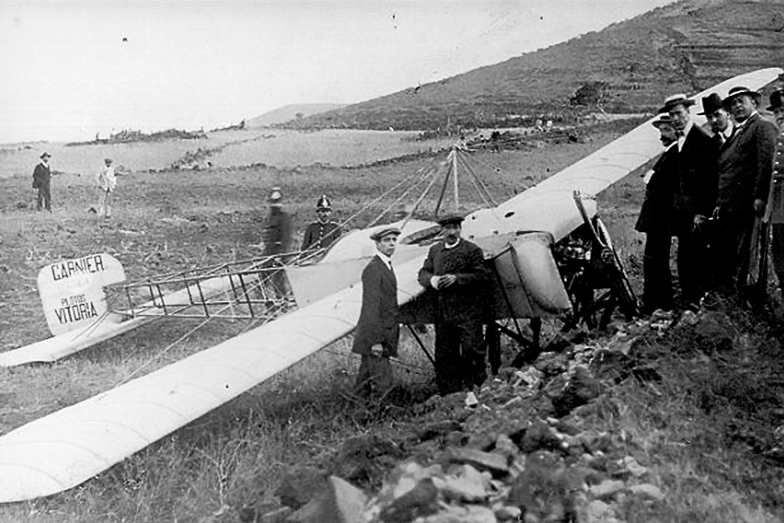A centennial flight over the Canary Islands


In conclusion, the story of Leonce Garnier and his aircraft becomes an important legacy for future generations. The centennial commemoration in 2013 reflects the recognition of his contribution to aviation and the decision to highlight his feat by placing a replica. However, the current removal of the work due to deterioration highlights the need, to properly preserve and protect these historical legacies so that they continue to inspire the next generations, underlining the importance of conservation and care of cultural heritage to ensure its legacy over time.
Dirección: C. León y Castillo, 89, 35004 Las Palmas de Gran Canaria, Las Palmas